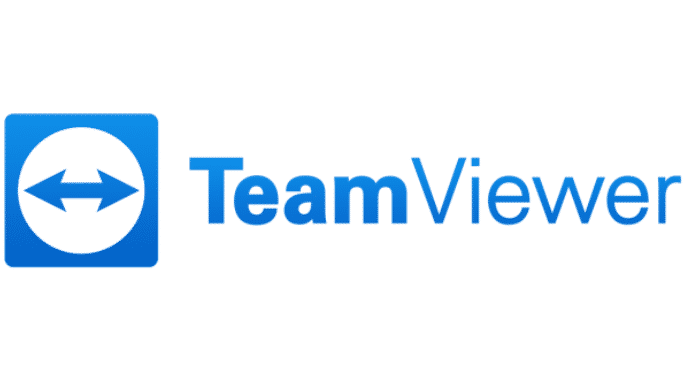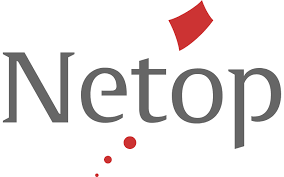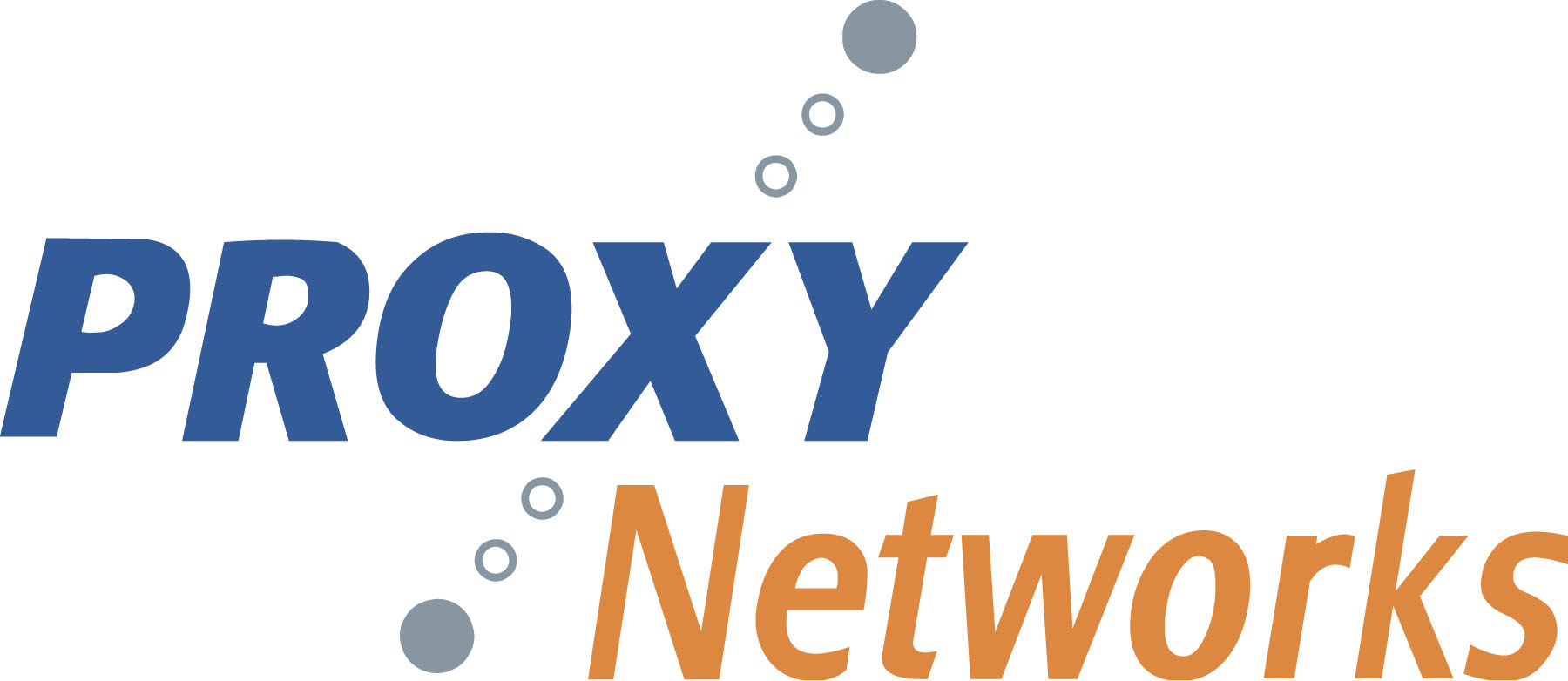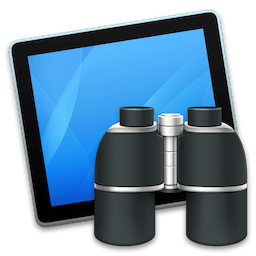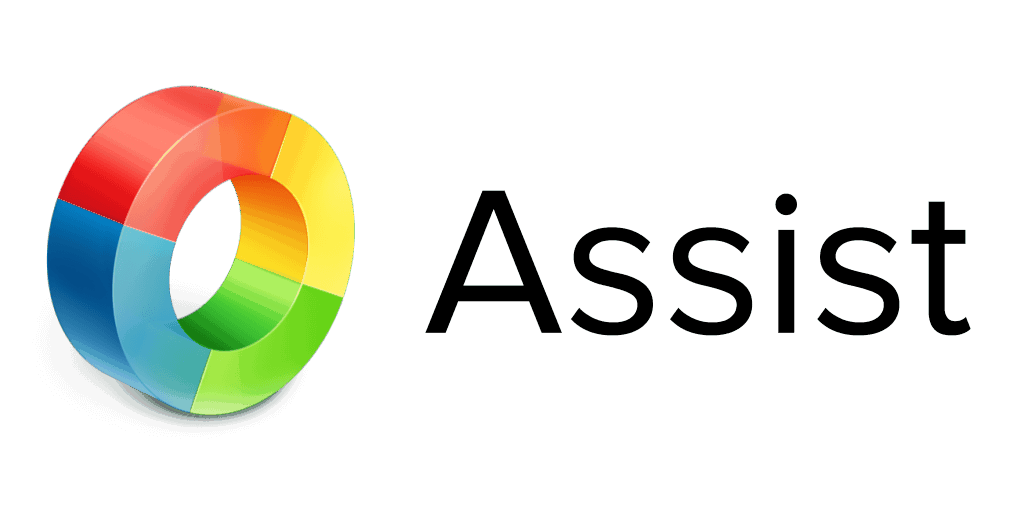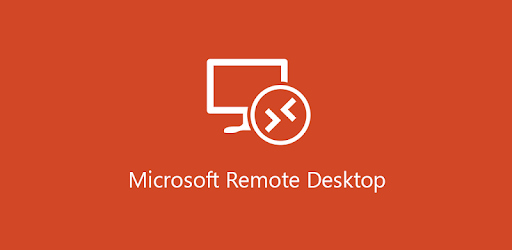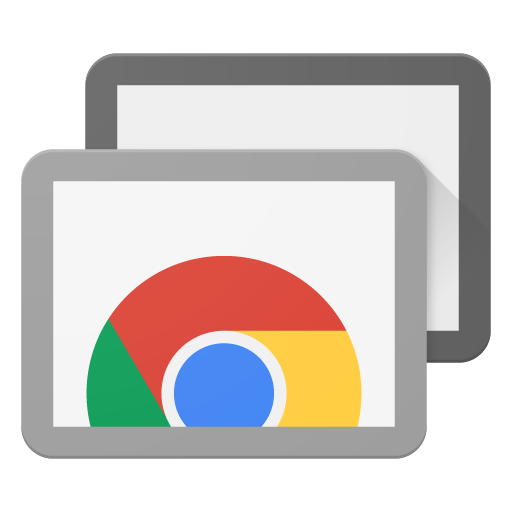
Categories
Problems that solves
Low quality of customer service
Low quality of customer support
Decentralization of management
Insufficient risk management
Poor communication and coordination among staff
Values
Ensure Security and Business Continuity
Improve Customer Service
Manage Risks
Support Customers
Description
Chrome Remote Desktop is a remote desktop software tool developed by Google that allows a user to remotely control another computer through a proprietary protocol developed by Google unofficially called "Chromoting". It transmits the keyboard and mouse events from one computer to another, relaying the graphical screen updates back in the other direction, over a network. This feature therefore consists of a server component, for the host computer, and a client component on the computer accessing the remote computer.
The Chrome Remote Desktop client was originally a Chrome extension from the Chrome Web Store requiring Google Chrome; the extension is deprecated, and a web "portal" is available at remotedesktop.google.com. The browser must support WebRTC and other unspecified "modern web platform features". The client software is also available on Android and iOS.
If the computer is to host remote access, such as for remote support, a server package is downloaded and Chrome must be used. This is available for Microsoft Windows, OS X, Linux and Chrome OS.
The Chrome Remote Desktop remote assistance mode has a variation, allowing a permanent, pre-authorised connection to a remote computer, designed to allow a user to connect to another one of their own machines remotely. In contrast, Remote Assistance is designed for short-lived remote connections, and requires an operator on the remote computer to participate in authentication, as remote assistance login is via PIN passwords generated by the remote host human operator. This method of connection will also periodically block out the control from the connecting user, requiring the person on the host machine to click a button to "Continue sharing" with the connected client.
The protocol uses VP8 video encoding to display the remote computer's desktop to the user with high performance over low bandwidth connections. Under Windows, it supports copy-paste and real-time audio feed as well, but lacks an option to disable sharing and transmission of the audio stream. The software is limited to 100 clients. Attempting to add further PCs after reaching 100 will result in a "failed to register computer" error.
Competitive products
User features
Roles of Interested Employees
Chief Information Officer
IT Management
Operational Manager
Organizational Features
ISO 27001 Compliance
GDPR Compliance
Mobile users
Internet access is available for employees


